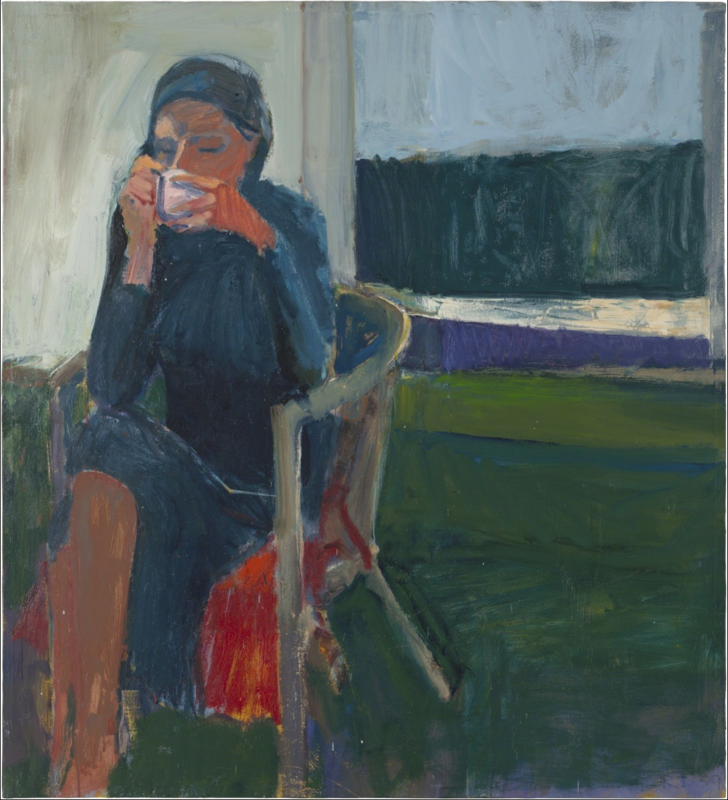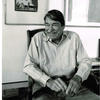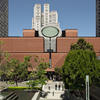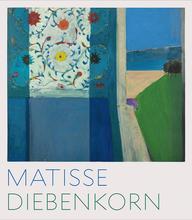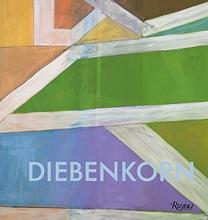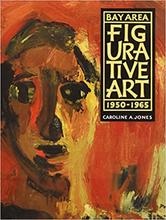More about Coffee
- All
- Info
- Shop
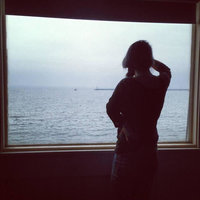
Contributor
Richard Diebenkorn was often sighted in corduroys and button-down shirts typically found in any dad’s closet.
The introverted artist didn’t quite fit the Soho bohemian scene or the Ocean Park artist neighborhood in Santa Monica, CA. His switch between the abstract expressionist and figurative style over the years also frustrated some critics. In 1955, when Diebenkorn began painting in the figurative style, it shocked many east coast critics. This switch marks the beginning of his “Berkeley Figurative Years” according to the Diebenkorn Foundation. Unable to fit the artist in a particular movement, his switch to figurative art was at first a topic of contention. However, everyone was on board within the year.
The model in Coffee is most likely Phyllis Diebenkorn, the artist’s wife and muse, in their Berkeley home. According to their daughter, Gretchen Grant, his drawings often looked like Phyllis even when she wasn’t the model. She speaks fondly of their partnership and marriage. Psychologist by day, Phyllis frequently posed for her husband and took on the role of cataloguer, tracking and helping mount her husband’s works. She also established the Richard Diebenkorn foundation in 2007.
Coffee was painted in 1959, which means Diebenkorn would have either painted in the backyard studio of in their Berkeley home or the triangle studio, which was demolished in 1964 to make room for the Ashby BART stop. The Diebenkorns moved quite a bit during their stay in Berkeley. They had an apartment on Webster and Magnolia Street before moving into their home on Hillcrest Road. Although they moved around California, ultimately Diebenkorn chose to spend his last years in Berkeley.
Sources
- Hull, Samantha. “Ocean Park No. 29.” Sartle. Accessed: May 21, 2018. https://www.sartle.com/artwork/ocean-park-no.-29-richard-diebenkorn
- Livingston, Jane. “Biography.” Richard Diebenkorn Foundation. Accessed: May 21, 2018. http://diebenkorn.org/the-artist/biography/
- Whiting, Sam. “Phyllis Diebenkorn, famed artist’s widow and psychologist, dies.” SFGate. January 29, 2015. https://www.sfgate.com/bayarea/article/Phyllis-Diebenkorn-famed-artist-…

